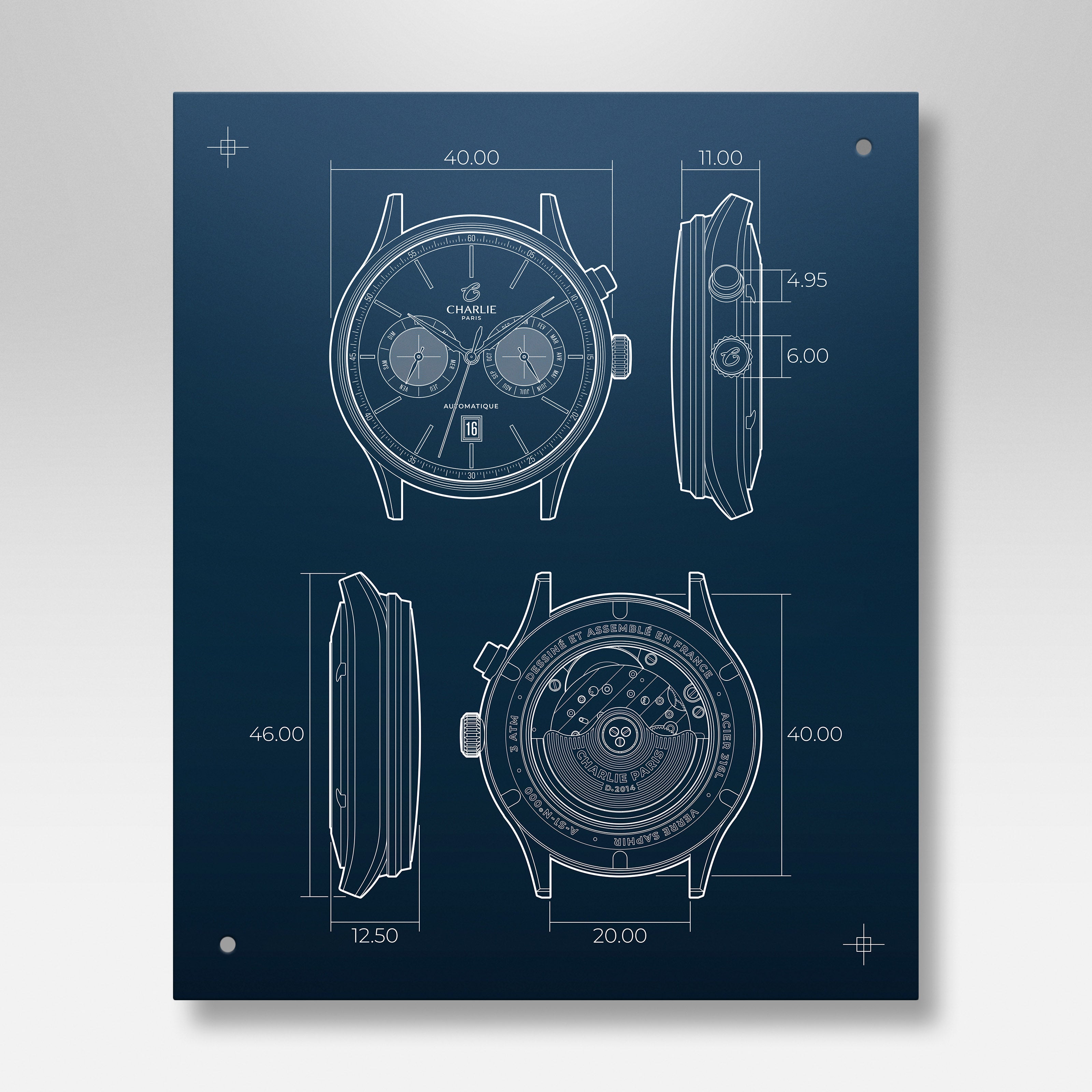
What does the term “jeweling” mean in watchmaking?
Watchmaking jeweling is an essential process in the design of mechanical watches . It refers to the integration of precious or synthetic stones, mainly rubies, within the movement in order to optimize its operation and durability.
Why are rubies used in watch movements?
The addition of watch rubies in a movement responds to several technical challenges:
- 1. Reduced friction : Rubies have very low friction, thus limiting wear on the moving parts of the movement.
- 2. Improved longevity : By reducing friction points, mechanical components wear out less quickly, which ensures greater durability of the caliber.
- 3. Optimized precision : Less friction also means smoother and more stable operation, promoting better consistency of movement over time.
- 4. Reduced lubrication requirements : The use of synthetic stones limits the need for oils, which can degrade over time and affect the accuracy of the mechanism.
These stones are found at critical points of the movement, notably:
-
The axes of the pendulum, which regulate the passage of time.
-
The pivots of the cogs , which transmit energy within the mechanism.
- The escapement anchor , where they reduce wear and optimize energy transfer between the gear train and the oscillator.
The number of rubies: a quality criterion?
The number of jewels in a watch movement varies depending on the complexity of the caliber. While a simple mechanical movement may have between 15 and 21 jewels, a more sophisticated caliber, such as one with a moon phase complication or a chronograph, may have many more.
However, the number of rubies should not be the only criterion for evaluating the quality of a watch. A well-designed and judiciously placed jewel setting is more important than a high number of unoptimized rubies. Some brands even add "decorative" rubies that have no mechanical function, purely for marketing purposes.
Jewellery in Charlie Paris watches
At Charlie Paris, we are committed to integrating high-quality automatic movements into our creations. This is particularly the case for the C105 caliber equipping our Moon Phase Alliance , which incorporates 33 strategically placed rubies to ensure optimal precision and impeccable fluidity.
Additionally, in our Alliance 68H collection , we use the G100 automatic movement from the Swiss manufacturer La Joux-Perret, a caliber with meticulous jeweling and designed to offer an exceptional power reserve of 68 hours.

Manual vs. automated stone setting
While jeweling can be done manually by watchmakers, it is also possible to perform it automatically using high-precision machines. In this exclusive video, we invite you to discover the jeweling of the G100 movement from La Joux-Perret, a fascinating process where each stone is carefully inserted in order to optimize the performance of the caliber.
Far from being a simple aesthetic detail, watch jeweling is a key element in the performance and longevity of a watch. A characteristic that we value at Charlie Paris, by carefully selecting movements with high-quality jeweling, a guarantee of our commitment to precise, durable and elegant watchmaking.












Leave a comment
This site is protected by hCaptcha and the hCaptcha Privacy Policy and Terms of Service apply.